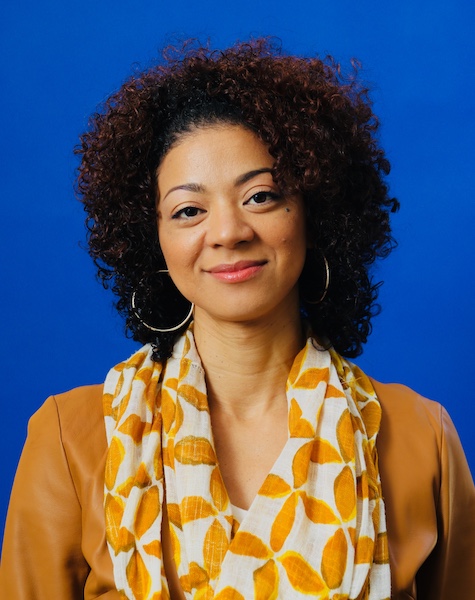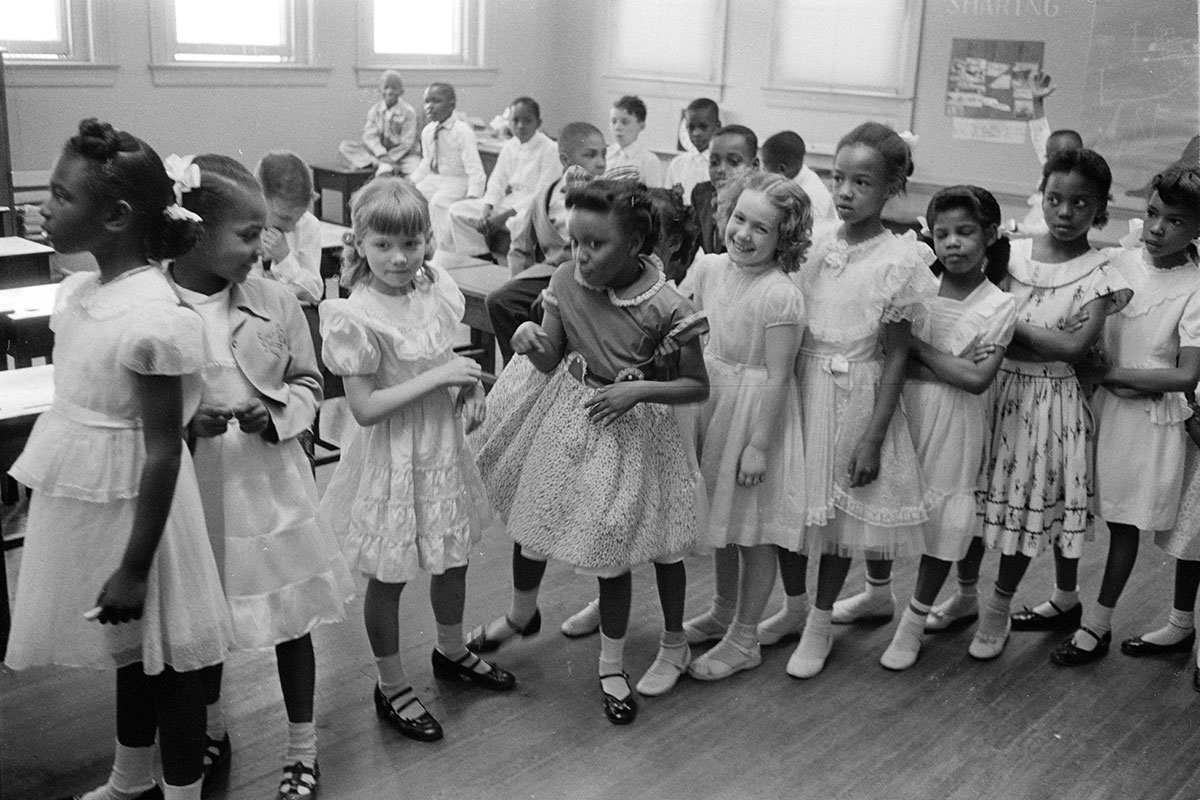In 1955, after a year of radio silence regarding Brown v. Board of Education – the Supreme Court’s ruling that racial segregation in the public schools was unconstitutional – the black author and anthropologist Zora Neale Hurston wrote: “The whole matter revolves around the self-respect of my people. How much satisfaction can I get from a court order for somebody to associate with me who does not wish me near them?”
Since then, there has been a persistent sentiment among African Americans (and others) that, as the historian Kevin Gaines wrote in 2004, “integration…generally described a top-down vision of racial change endorsed by U.S officialdom, northern liberals and the civil rights establishment.” That vision “fell considerably short of the structural vision of equality and redistributive justice sought by African American litigants.”

Sonya Douglass Horsford, Associate Professor of Education Leadership (Photo: TC Archive)
In an essay titled “Whose School Integration?”, recently published in the journal Voices in Urban Education, Sonya Douglass Horsford, TC Associate Professor of Education Leadership and founder of the Black Education Research Collective, recaps judgments against Brown and its 65-year aftermath rendered by Hurston, James Baldwin, C. Vann Woodward and others, and – reflecting on her experiences as a former public-school student and current mother of three – adds her own:
“I continue to wrestle with what constitutes the best type of learning environment for young people [of color] in a society that does not value their intellect, culture, or humanity,” writes Horsford, author of Learning in a Burning House: Educational Inequality, Ideology and (Dis)Integration (Teachers College Press 2011). “I also question how we as a nation make assumptions about the racial composition of our schools…What do we mean by school integration when, for the first time in the nation’s history, the majority of school-aged children are students of color? What does an integrated school look like in the current political context? And whose school integration is it?”
What do we mean by school integration when, for the first time in the nation’s history, the majority of school-aged children are students of color? What does an integrated school look like in the current political context? And whose school integration is it?
—Sonya Douglass Horsford
Horsford, who attended a diverse Las Vegas public school where her friends were “African American, white, Mexican, Filipina, Cuban and Vietnamese,” confides that she herself grew up believing that “since the forced separation of people by race was wrong, integration must be right.” She recalls that, as a doctoral student, she changed her thinking after the black educational psychologist Asa Hilliard “gently broke the news to me that ‘integration never happened.’” Ultimately, she returns to the question that W.E.B. DuBois raised, long before Brown, by in his essay, “Does the Negro Need Separate Schools,” and cites DuBois’ requirements for “the proper education of any people,” which include “sympathetic touch between teacher and pupil…knowledge on the part of the teacher, not simply of the individual taught, but of his surroundings and background… [and] facilities for education in equipment and housing, and the promotion of such extra-curricular activities as will tend to induct the child into life.”
Horsford stops short of advocating a return to “separate but equal.” She does, however, argue that “we are long overdue for a more radical imagination of what education can and must be for America’s new majority.
Instead of trying to convince, through policy, ‘somebody to associate with me who does not wish me near them,’ adequate and equitable resources must be granted before true integration can be realized and sustained.
—Sonya Douglass Horsford
“Instead of trying to convince, through policy, ‘somebody to associate with me who does not wish me near them,’ adequate and equitable resources must be granted before true integration can be realized and sustained,” she writes. “This redistribution of resources, with less concern on the ‘separate’ and a greater focus on the ‘equal,’ must be used to provide children with access to caring, demanding and well prepared teachers with high expectations, a curriculum that teaches the history of their group, and a supportive affirming environment that fosters self-knowledge, self-confidence and self-respect.”
Read Horsford’s essay “Whose School Integration” in Voices in Urban Education
The views described in this article are solely those of the speakers to whom they are attributed. They do not necessarily reflect the views of the faculty, administration, or staff either of Teachers College or of Columbia University.
